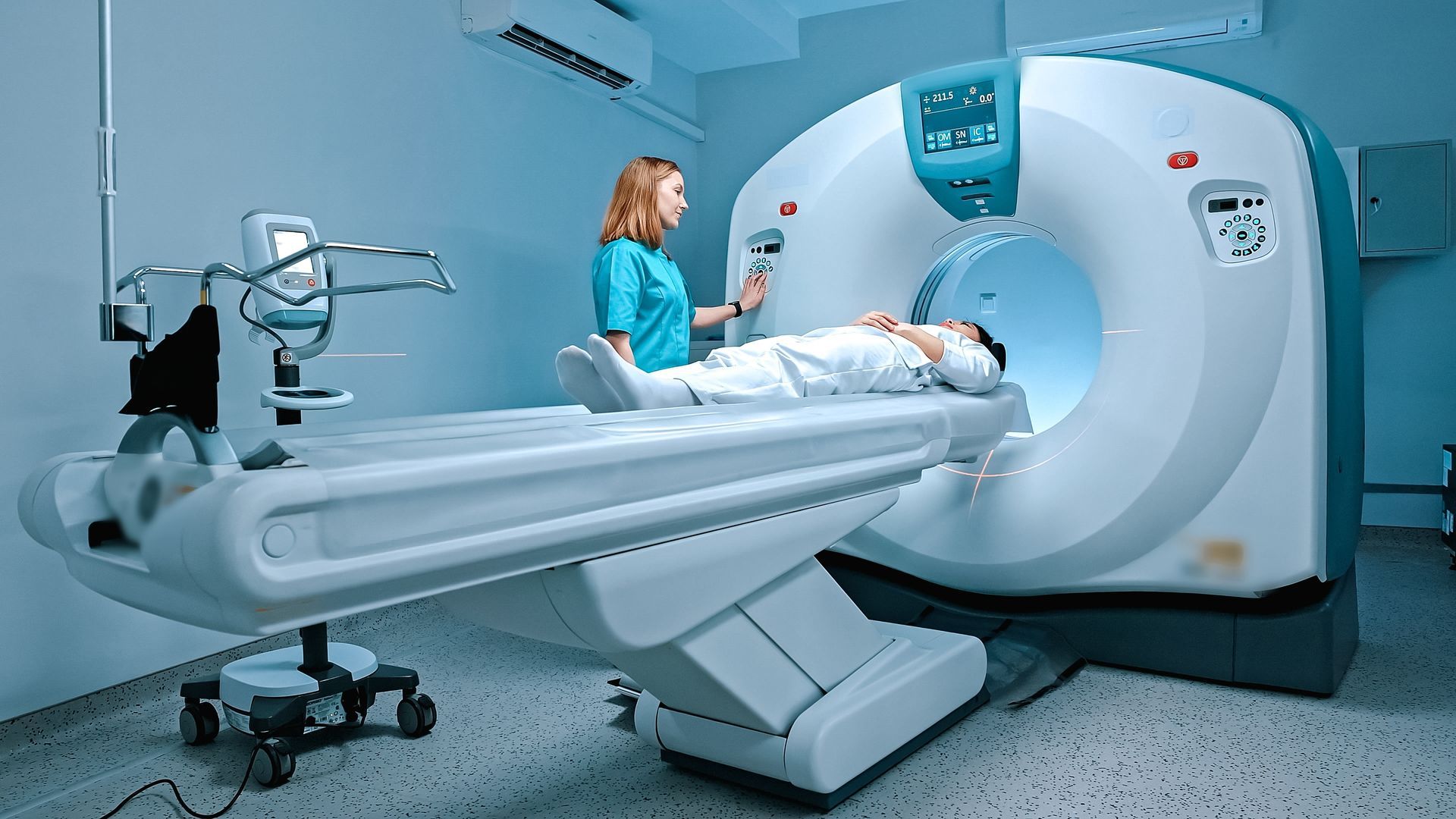The Impact of Cleanrooms on Product Quality

Introduction
Cleanrooms are essential in industries where maintaining a contamination-free environment is critical to the quality, safety, and efficacy of the products being produced. These specialized environments are designed to minimize airborne particles, dust, microbes, and other potential contaminants, ensuring that sensitive processes and materials remain uncontaminated throughout their lifecycle. Cleanrooms are widely used across various sectors, including pharmaceuticals, biotechnology, aerospace, semiconductor manufacturing, and medical device production, where even the slightest deviation in environmental conditions can have significant consequences.
In this article, we will explore the crucial role cleanrooms play in enhancing product quality, how they impact manufacturing processes, and the various factors that contribute to maintaining the highest standards of cleanliness. We will also delve into the operational and regulatory implications of cleanroom environments and how they help businesses maintain product integrity, meet compliance standards, and ultimately drive customer satisfaction.
Cleanrooms and Their Role in Product Quality
The primary goal of a cleanroom is to provide a controlled environment where contamination risks are minimized, and product integrity is safeguarded. These environments are equipped with specialized air filtration systems, humidity and temperature controls, pressure differentials, and meticulous protocols for cleaning, gowning, and material handling. By maintaining strict control over these factors, cleanrooms ensure that products and processes meet the highest quality standards and regulatory requirements.
The impact of cleanrooms on product quality is evident across various stages of the product lifecycle, from design and development to manufacturing and packaging. Below are several key ways in which cleanrooms positively influence product quality:
1. Contamination Control
One of the most significant ways in which cleanrooms impact product quality is through contamination control. In industries like pharmaceuticals, biotechnology, and semiconductor manufacturing, even the smallest particle or microorganism can cause defects, contamination, or failure of products. For example, in the production of injectable drugs, the presence of airborne bacteria or particles can compromise the sterility of the product, making it unsafe for human use.
Cleanrooms are designed to minimize the introduction of contaminants from various sources, including personnel, equipment, materials, and the external environment. Air filtration systems, such as High-Efficiency Particulate Air (HEPA) or Ultra-Low Penetration Air (ULPA) filters, are used to trap airborne particles, while positive pressure ventilation systems help ensure that cleanroom air flows outward, preventing the ingress of contaminants from surrounding areas.
By maintaining strict cleanliness standards, cleanrooms reduce the likelihood of defects or contamination, ultimately ensuring that the product remains safe, effective, and of the highest quality.
2. Consistency in Manufacturing
In cleanrooms, process control is critical, and a stable, controlled environment is crucial to ensure consistent results. Variations in environmental factors such as temperature, humidity, and particle levels can cause discrepancies in the manufacturing process, which can lead to inconsistencies in product quality. Cleanrooms help eliminate these variables by regulating and maintaining precise environmental conditions that are required for specific processes.
For example, in the semiconductor manufacturing industry, where microchips are produced, even the smallest temperature fluctuation or particle in the environment can result in defective chips. Cleanrooms allow manufacturers to maintain consistent conditions during critical processes like photolithography, chemical vapor deposition (CVD), and etching, ensuring that the end product consistently meets the desired specifications.
3. Enhanced Precision and Accuracy
Certain industries, such as aerospace, medical device manufacturing, and biotechnology, require a high level of precision in their products. Cleanrooms provide the optimal environment for ensuring that these precision-engineering processes are conducted without interference from environmental factors.
In the medical device industry, for instance, cleanrooms are used to manufacture components that must meet strict dimensional and functional tolerances. A small variation caused by external contamination or environmental fluctuations could render a product ineffective or unsafe for use. Cleanrooms help minimize these risks by providing a controlled space in which the product can be created with the utmost precision.
In biotechnology research, cleanrooms also play a critical role in ensuring that experimental results are accurate and reproducible. By maintaining a contamination-free environment, researchers can work with sensitive biological materials without the risk of interference from airborne particles or microorganisms, ensuring the accuracy of their findings and the quality of any products derived from their research.
4. Regulatory Compliance and Product Safety
Cleanrooms are essential for meeting the rigorous regulatory standards set forth by organizations such as the U.S. Food and Drug Administration (FDA), the European Medicines Agency (EMA), and the International Organization for Standardization (ISO). These regulatory bodies require that products—particularly in industries like pharmaceuticals, biotechnology, and medical devices—be manufactured under strict conditions to ensure their safety, efficacy, and quality.
For example, the pharmaceutical industry adheres to Good Manufacturing Practices (GMP), which dictate that cleanrooms must meet specific cleanliness classifications based on the number of allowable particles per cubic meter. These regulations ensure that products such as sterile drugs, biologics, or vaccines are not contaminated during production, testing, or packaging. Failure to comply with these standards can result in product recalls, penalties, and damage to a company's reputation.
By ensuring compliance with regulatory standards, cleanrooms help manufacturers produce high-quality products that meet the safety requirements set forth by health authorities, ultimately benefiting both businesses and consumers.
5. Improved Product Longevity and Stability
In industries such as pharmaceuticals and biotechnology, the shelf life and stability of a product are critical to its success in the market. Cleanrooms help extend the longevity of products by ensuring that they are produced and stored in optimal conditions, free from contaminants that could compromise their stability.
For example, in the production of biologic drugs or vaccines, environmental factors like temperature and humidity can significantly impact the efficacy of the final product. Cleanrooms with precise control over these factors help maintain the stability of these sensitive products, ensuring that they remain effective for the duration of their shelf life.
6. Protection of Sensitive Products and Materials
Many products in industries such as electronics, aerospace, and pharmaceuticals contain highly sensitive materials that can be damaged by environmental factors like dust, moisture, or temperature fluctuations. Cleanrooms provide a controlled environment to protect these materials during manufacturing and assembly.
In the semiconductor industry, for example, the production of microchips involves delicate processes that require extreme precision. Even a tiny speck of dust can interfere with the production of a microchip, causing defects that can affect the chip’s performance or lead to product failure. Cleanrooms offer a safe, controlled space to manufacture these components, ensuring that they meet the rigorous quality standards required for use in sensitive devices like smartphones, computers, and medical equipment.
Factors Contributing to Cleanroom Impact on Product Quality
Several factors contribute to how cleanrooms affect product quality. These factors can vary depending on the type of cleanroom, the industry, and the specific processes involved, but the following are some of the most critical:
1. Air Quality and Filtration Systems
Air filtration is one of the most critical components of cleanroom design. HEPA or ULPA filters are used to capture particulate matter from the air, ensuring that the cleanroom remains free from contaminants. The efficiency of the filtration system directly affects the cleanliness of the environment and, by extension, the quality of the products being manufactured or processed.
2. Temperature and Humidity Control
Temperature and humidity control are vital for maintaining the stability and integrity of certain products. Cleanrooms are equipped with HVAC systems that regulate these factors, ensuring that they remain within optimal ranges for the specific product or process being performed. For example, temperature fluctuations can affect the viscosity of materials in pharmaceutical production or interfere with the curing process of coatings in semiconductor fabrication.
3. Personnel and Gowning Protocols
Personnel play a crucial role in maintaining cleanroom standards. The introduction of contaminants from clothing, skin cells, or hair can lead to contamination. Cleanrooms implement strict gowning protocols, requiring workers to wear specialized clothing, including gowns, gloves, masks, and hairnets, to prevent the introduction of particles or microorganisms.
4. Equipment Calibration and Maintenance
In cleanroom environments, equipment must be regularly calibrated and maintained to ensure that it operates within the required tolerances. Malfunctioning equipment can introduce defects or contamination into the product, leading to variations in quality. Routine checks and maintenance schedules ensure that the equipment is operating optimally, contributing to consistent product quality.
5. Training and Protocol Adherence
Proper training for personnel is essential to ensure that cleanroom protocols are followed consistently. Workers must be aware of the importance of cleanliness, how to handle materials safely, and the correct procedures for gowning and decontaminating surfaces. Strict adherence to protocols ensures that the cleanroom environment remains sterile and that product quality is not compromised.
Conclusion
Cleanrooms play a fundamental role in ensuring product quality across various industries, from pharmaceuticals to semiconductor manufacturing. By controlling contamination, maintaining consistency, optimizing precision, and ensuring regulatory compliance, cleanrooms help businesses produce high-quality products that meet the stringent standards required for safety and efficacy.
Whether producing drugs, medical devices, or microchips, the impact of cleanrooms on product quality cannot be overstated. They are an essential tool in ensuring that products are safe, reliable, and effective, and that the processes used to create them are efficient and compliant with industry regulations. By maintaining strict control over environmental factors, cleanrooms provide the foundation for high-quality products that meet the needs and expectations of consumers worldwide.
Read more: All About Cleanrooms - The ultimate Guide






